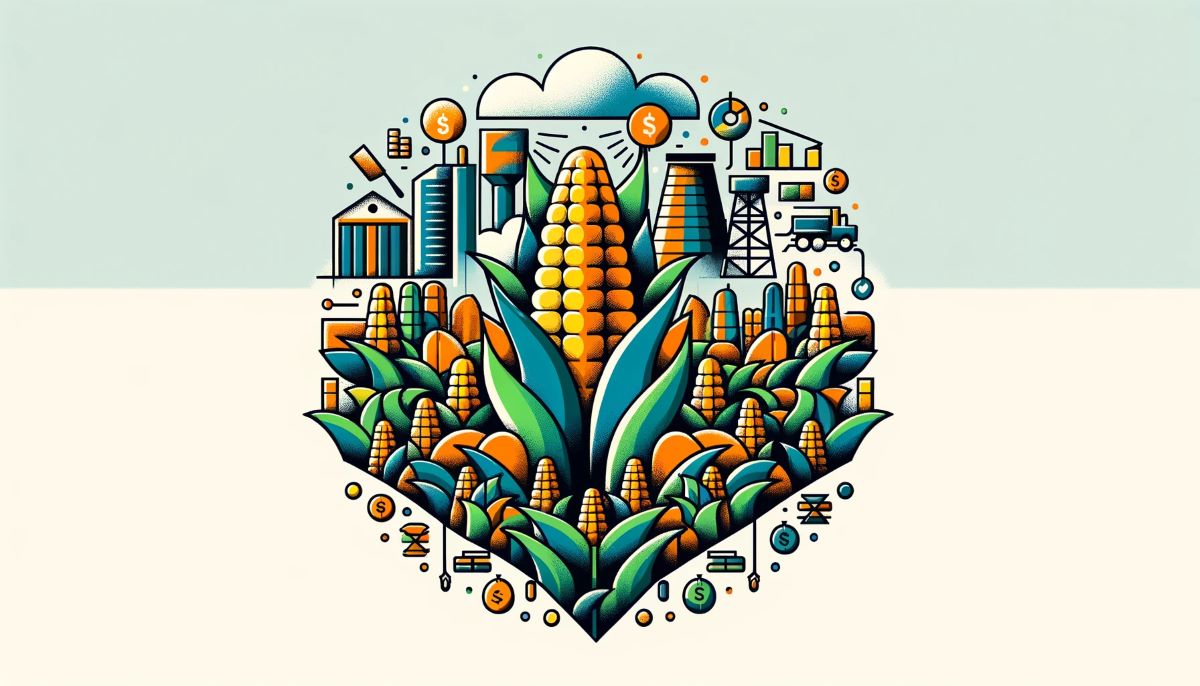Earlier this week, AcreTrader hosted their 2023 Business Update webinar. During the webinar they talked about some insights and trends in land investments, gave updates about AcreTrader’s business and new things they were working on, and discussed their Acres tool.
You can find our notes from the webinar below.
2022 Highlights
- 110 offerings funded on the platform
- 35,000 acres across 128 farms in 18 states and 2 continents (US and Australia)
- Introduced Timberland to the platform
- The first vineyard offering
- 6,200 distributions were made in 2022
- 90% above expected annual targets
- Achieved a weighted average IRR of 14.1 on farm exits thus far (5 exits)
- Reached over 40,000 acres under management, more than $300M of funding raised on the platform, and $385M in assets under management.
- Hosted the second Land Investment Summit
AcreTrader also shared that the majority of investors on the platform have made 2 or more investments.
Macro View & Farmland Performance
- The value of Us farmland has had ~6% annual growth (not total return), since the late 1960s
- Farmland values declined in only 7 years (not counting income)
- In bad markets, values have seen an average rate of decline of 5.1% per year
- The S&P500 saw declines of 40-50% during similar periods
- When market conditions are strong, farmland value has been able to grow 8%
- Farmland values tracks inflation similarly or better than gold does, but it can also produce income
- Farmland has a 66% correlation to inflation
- This makes farmland a helpful asset for period of higher inflation, as some economists predict we are in
- In 2022, farmland returned 9.6%
- Income generated by farmland was relatively stable over 2021 and 2022, with appreciation bolstering returns in more recent periods.
- The current market conditions are showing improvements of income and rental rates of farmland
- Using a rolling average of the past 12 months of data, farmland appreciation averaged 5% since 2000
- The current level of appreciation may also still be below the long-term trend
- Since 2012, the lowest return farmland posted was 4.8% in 2019. The best year was 20.9% in 2013. It was the top performing asset class in both 2015 and 2018.
Upcoming Developments For AcreTrader
- AcreTrader applied for a broker-dealer licenses from FINRA
- They started the process in April of 2022 and are still working with FINRA and awaiting a final decision
- How would a broker-dealer license help AcreTrader?
- Allow them to offer something different than traditional financing for their farming partners
- Help AcreTrader be better partners for advising farmers on what structures and terms investors are looking for
- They will begin broadening their exposure across land investments to include more and different types of investments
- There will be new investment categories that fit into different risk/return categories on the platform (core, core plus, and opportunistic were shown). This is basically the same way that Fundrise categorizes their investments.
- There will also be updates to account for the new regulatory environment. Users will have to go through a new identity verification because AcreTrader will be held to even higher standards than they are today.
Acres
- AcreTrader offers an easy online platform to build farmland investments. It’s also an opportunity to raise capital for farmers to expand their business.
- The AcreTrader team Realized how hard it is to evaluate farmland at scale. It requires multiple tools, local records, etc. To solve the problem, they built a land research platform.
- Last year they launched the Acres tool. It also has a mobile app too. They had 100K sign ups and downloads in just a few months.
- They added land for sale, as well as added Premium and Enterprise plans for the tool.
- AcreTrader also bought AgValuation. This allows them to provide a valuation in less than an hour that would normally take weeks.
- There was a brief Acres demo showing things like:
- Looking at individual parcels, checking total tillable acres.
- Checking comparable sales for price per acre.
- Viewing different “layers” to see the soil type and elevation.
- The demo parcels have characteristics that look like flood risks from the elevation.
- The flood risk layer also reflects that.
- They also have a vegetation layer that can help see risks.
- You can look at satellite history for over 10 years of historical information.
- In the demo, the satellite photos showed multiple years with standing water on the property, backing up the flood risks spotted from the topography and flood risk layers of Acres.
- The tool can show some tax information, dating back to 2010.
- They’re also working on integrating AgValuation into the platform.
- Hoping it could be the Zillow of land investing.
Questions & Answers
Q: Some of the farmland offerings were sold after shorter holding periods. How does that work?
A: In some cases, the target holding period was short. In others, the investment team received an offer they thought was very attractive.
Q: Is there anything new or upcoming for non-accredited investors?
A: Nothing upcoming right now. Will evaluate in future years.
Q: What is the potential impact of proposed legislation that would prevent foreign governments, corporations, and nationals from buying farmland new legislation?
A: The legislation is mostly focused on nations viewed as adversarial to the US. It’s only a tiny part of buying contingent, so it shouldn’t have a noticeable effect.
Q: The number and pace of offerings have been slower lately. When will they pick up?
A: AcreTrader feels like they have seen that deals have gone up on the platforms and investors rushed at them too quickly. That’s not behavior they like to see. They want people to spend time and research the opportunities first.
One step they previously took to help with this was to put up preview periods. They’re now looking at having larger offerings that can be available on the website longer. Longer term, they’re hoping for people to have multiple offerings to choose from whenever they log in.
Q: Will AcreTrader look at changing the structure of the investments to something like C corps?
A: AcreTrader is staying with LLCs because they’re cheaper and easier to operate. That allows them to offer lower fees on the platform.
Q: There were multiple questions about individual opportunities vs an aggregated fund?
A: They have many requests for opportunities that invest in an aggregated set of farms. They are exploring partnerships with other companies to see how to deliver that. The AcreTrader team also suggests sharing your interest in the fund offerings with their Investor Relations team so they know how many people want it.
Q: How does the platform support financial advisors?
A: They are building out more dedicated tools for financial advisors. The AcreTrader team would love to hear from financial advisors.
Q: What is the minimum investment for AcreTrader?
A: Minimum investments range from $10K – $30K on a case-by-case basis.
Q: Does the AcreTrader team invest alongside investors?
A: Yes, they do invest on the platform – under the same terms and with the same set of information available to everyone else. The CEO’s account looks the same and has the same information as yours. He stated that he does use it to invest in their offerings.
Q: Will there be future opportunities that have more vertical integration, such as investing in processing, packing, etc?
A: There’s nothing on the platform today. The closest would be a storage facility for grain that is available on some farms. They’re trying to keep the focus of the platform narrow – land and operations on the land for farming.
Q: Are there any updates on a secondary market?
A: A lot of the technology is already built. There’s still a lot of work to do on the regulatory side though. They are hoping to bring it to market soon.
Q: Were there any farms where distributions were lower than expected in 2022?
A: Yes. In one, capital improvement projects were undertaken. That ended up using some of the distribution income. There were some others affected by crop prices – almond prices in particular. One farm was very well below projections.
Q: What information is there about sustainable farming practices?
A: There’s a page on the website that discusses their impact. AcreTrader enrolls their farms in Leading Harvest. It’s a checklist program around sustainable practices.
Additional Resources
AcreTrader shared a lot of information in the webinar. Here are the different resources that supported the content of the webinar:
- The 2023 Annual Business Update webinar recording
- Land Investment Categories available on the platform
- Diversification Benefits of Timber and Farmland Investments
- How to Become an Accredited Investors
- Possible Tax Incentives for Timber Investments

